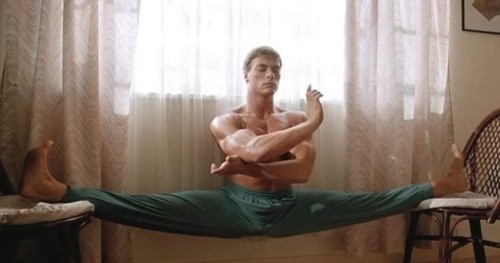If you’re asking this question it could that you’re genuinely curious how long it takes and would happily accept the answer… or you’re hoping to find someone promising that you can get flexible fast. If it’s the latter, you sound exactly like me many moons ago!
Your body movement should be a lifelong journey of both improving it AND maintaining it, it is not a simple case of “getting flexible”, ticking a box and never having to work on it again.
WHAT?! It’s never-ending?! Then what’s the point!
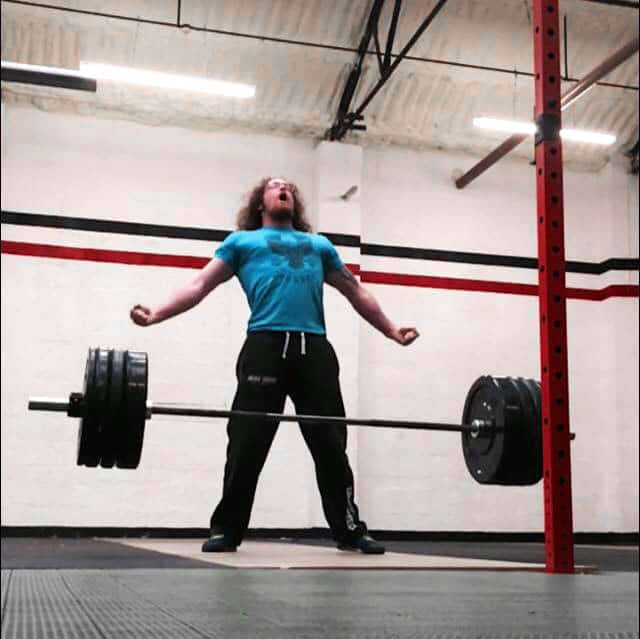
Flexibility on the other hand? Not so much.
As a coach, when I see someone with great flexibility and move in a way that I know they can get stronger safely and not end up injured every ten minutes, that’s what gets my boat floating. I see so much value in longevity and not breaking yourself for the sake of numbers or rippling abs.
But this is where we come to the definition of flexibility.
For now, I want to ask:
Why is flexibility so important?
… But a loud noise snaps you back to reality in the supermarket, 10 years on. Your victories are all distant memories, you can’t lift a few heavy bags of shopping because your back will give way. Going up the stairs makes you wheeze, your only competition now is the one with the top button of your jeans, and the love of your life left you because you never stop moaning about how sore you are all the time. You’d like to go for a walk to clear your head, but your knees won’t even last to the bottom of your garden, so you just sit and shake your head in pure disbelief…
… Even though shaking your head makes your neck hurt.
There’s your motivation: to be happy and mobile throughout your life. Life doesn’t have to be aches and pains, it isn’t just an inevitable part of getting older (and p.s. 35 is not “old”).
What does “flexible” mean, what should you aim for?
In the Simplistic Mobility Method, I lay out a set of tests that you should be able to pass to have a good baseline of flexibility and know that you’re doing everything right, but there’s a set of 3 positions that you can test now which will carry over to most things:

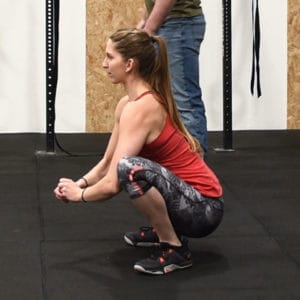
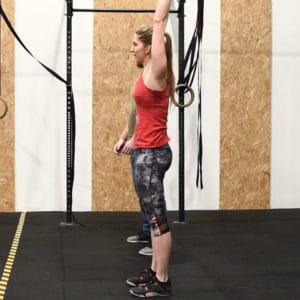
If you can’t do those things? They should be your focus. There are examples on how to work on your squat and toe touch here, most of the time it’s just a case of finding a progression you can do and spend time there, rather than going searching for “external rotation exercises for piriformis activation” and getting bogged down in individual muscles.
But how long does it take, dammit?!
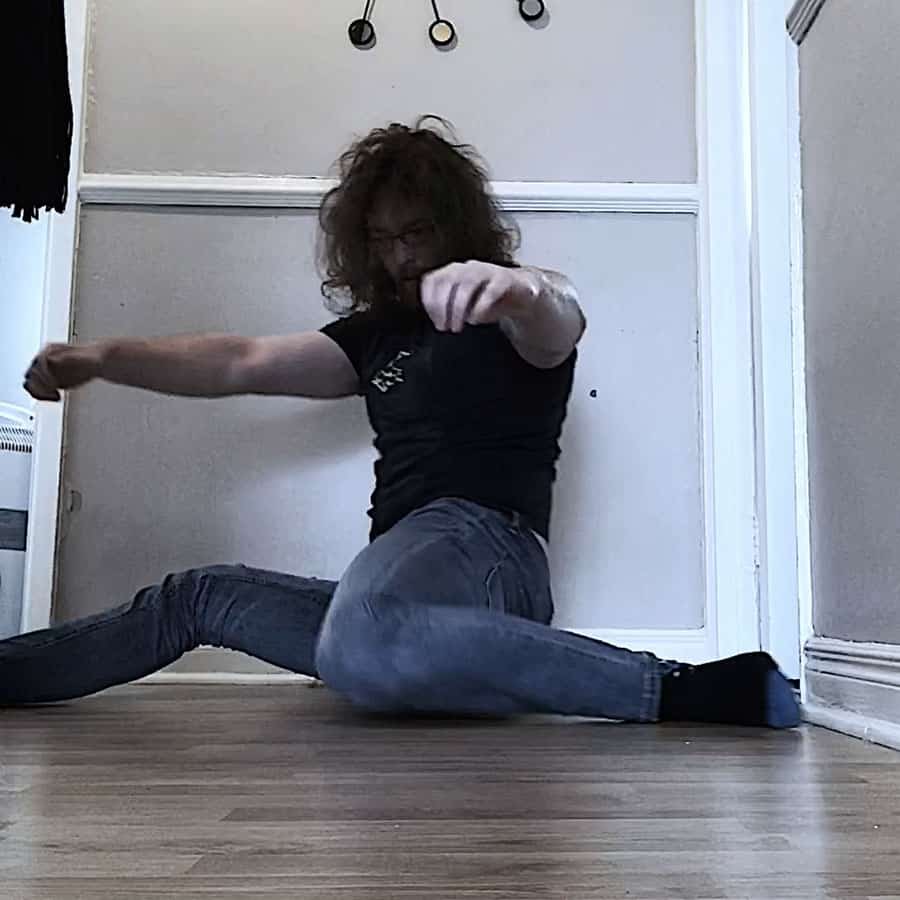
Or…
Getting a baseline level of flexibility isn’t hard, but for some people it can be a real drag. When you don’t think you’re making progress it can be really hard to stay motivated.
It took me over a year to go from my fridge-like stiff state to what I would deem as “acceptable”, but I learnt a heck of a lot about my body on the way – and considering it only took 1 year to undo 25 years of absolutely terrible movement? It’s not really that bad. Looking back, I was always moaning about something being sore and getting up and down off the floor was an effort. I would choose to stand rather than kneel or sit on the floor. Now that I have kids, I’m so glad I put the time in to give me the freedom to play and move around with them easily.

From my experience with myself and others, I have these three pieces of advice for you non-flexible people trying to achieve the baseline:
Change takes time, and you should try something for at least a month before trying something new so you’re not chasing new exercises every week. The main thing is to not completely give up – then all your hard work will be wasted. Flexibility and moving well is a life-long venture and everyone should always be dedicating time to it, but how much time you need just depends on where you’re at. If it feels like it’s taking a long time, change your perspective: if you’ve moved a certain way for 20-30+ years, then making a change in 6-12 months is actually pretty good.
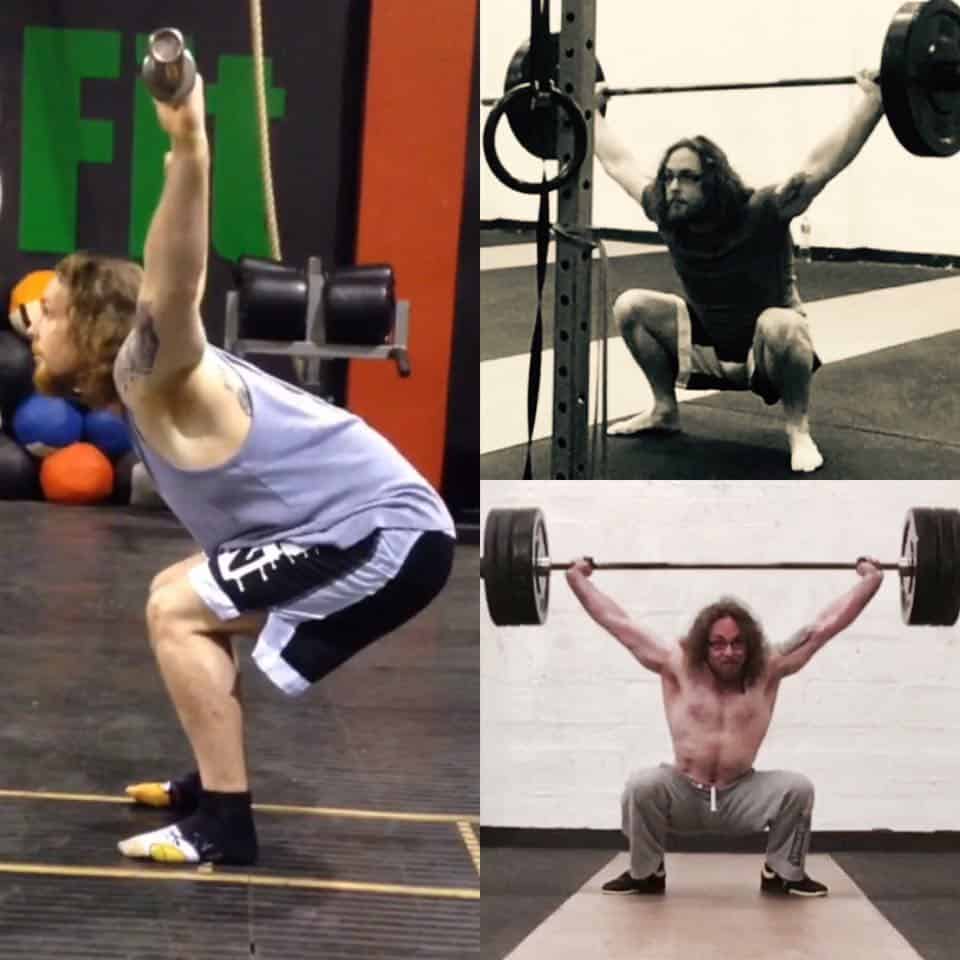
What I find is that flexibility progress will come in short bursts and improvement is far from linear. You’ll have to go slower than you think, which is why people tend to give up after a week when they haven’t seen immediate progress. But everyone that sticks with their routines and trusts the process finds themselves feeling awesome, doing more and more and starting to achieve incredible things that they thought they would never do. You just have to discover your tolerance and your schedule, and try to stay consistent.
It’s Worth the Effort
You can become an entirely different person just by changing how your body moves and feels. When you move well, you have more energy, you want to be more active and whole new worlds of training and skill work open for you.
When you’re feeling stiff and inflexible it can seem like a far-off dream, but it is VERY achievable! I’ve seen people in their 50’s and 60’s that only started taking an interest in fitness a few years before training alongside people in their twenties and not looking one bit out of place!

